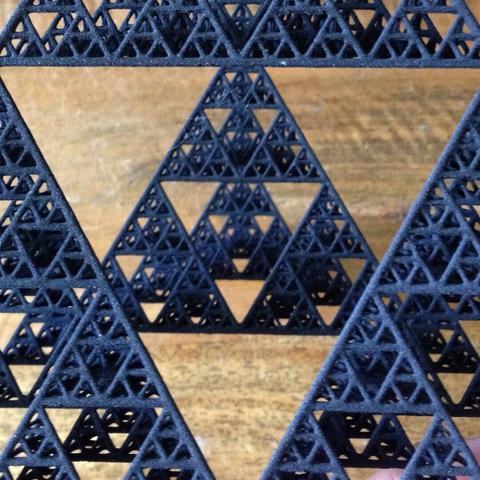The #pentachoron or #pen, also commonly called the #5_̶cell or #4_̶simplex, is the simplest possible non-degenerate polychoron. The full-symmetry version has 5 regular tetrahedra as cells, joining 3 to an edge and 4 to a vertex, and is one of the 6 convex regular polychora. It is the 4-dimensional simplex. In addition, it can also be considered to be the regular-faced pyramid of the #tetrahedron, or the pyramid product of a triangle and a dyad. This makes it the simplest segmentochoron as well, and it is designated #K_̶4.1 in Richard Klitzing's list of convex segmentochora. It is also the 5-2 step prism and gyrochoron. In geometry, the #5_̶cell is the convex 4-polytope with the Schläfli symbol {3,3,3}. It is a 5-vertex 4-dimensional object bounded by five tetrahedral cells. It is also known as a #C5, #pentachoron, #pentatope, #pentahedroid, or #tetrahedral_pyramid. Again, it is the 4-simplex (Coxeter's α 4 {\displaystyle \alpha _{4}} polytope), the simplest possible convex 4-polytope, and is analogous to #the_tetrahedron in three dimensions and #the_triangle in two dimensions. The #5_̶cell is a 4-dimensional pyramid with a tetrahedral base and four tetrahedral sides.The regular #5_̶cell is bounded by five regular tetrahedra, and is one of the six regular convex 4-polytopes (the four-dimensional analogues of the Platonic solids). A regular #5_̶cell can be constructed from a regular tetrahedron by adding a fifth vertex one edge length distant from all the vertices of the tetrahedron. This cannot be done in 3-dimensional space. The regular #5_̶cell is a solution to the problem “Make 10 equilateral triangles, all of the same size, using 10 matchsticks, where each side of every triangle is exactly one matchstick, and none of the triangles and match sticks intersect one another” (again: no solution for this exists in three dimensions).






